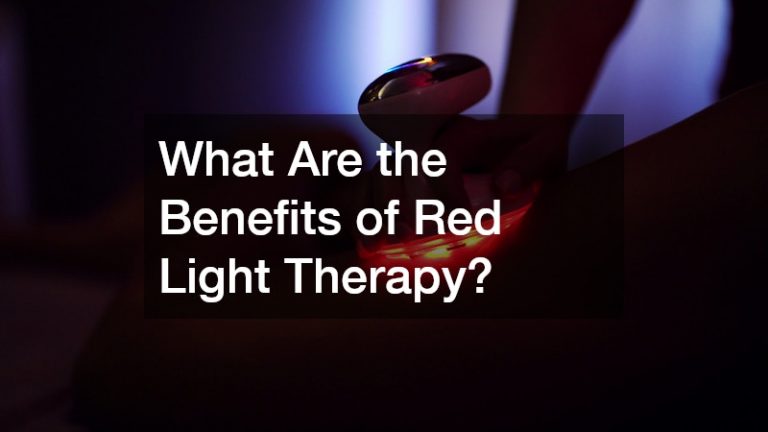It’s common to have cravings, but compulsively seeking them is another thing. Such drive can already be a sign of addiction. When we talk about addiction, people immediately think of substance abuse treatable through Methadone and outpatient therapy. But substance abuse is just one of the recognized types.
Generally, there are two clinical classifications: chemical addiction and behavioral addiction. Chemical addiction includes all illegal drugs such as heroin. More psychiatrists are also exploring the types of behavioral addiction, from Internet surfing to getting plastic surgery.
Sometimes, addictive substances can sneak into everyday items such as caffeine, a stimulant, and alcohol, which is a depressant. In these instances, the line between craving and addiction isn’t always clear.
Silent Addiction: The Devil’s Brew
To find addiction, you don’t have to look further than the grumpy regulars at the nearby coffee shop.
Caffeine dependence as a chemical addiction is not scientifically defined in the same way as nicotine and drug abuse are, but this doesn’t undermine its addictive qualities.
Coffee can be an irresistible habit that is legal and so common that some people cannot fathom being helplessly hooked to it. Caffeine dependence is sometimes even celebrated as being a quirky character or a defining identity. It’s about time we realize that while coffee is trendy and hip, too much of it can lead to serious health issues.
Silent Addiction: Pop, Can’t Stop
Caffeine is also present in cola and fizzy drinks, which have been noted as addictive. In fact, there was a 31-year-old Monaco woman who drank only Coca-Cola for 16 years. She was found to have low potassium levels also known as hypokalemia, among other symptoms.
There was also a young man in his 20s who died of cardiac arrest, attributed to the three cans of 250-mL energy drink he’d downed five hours before a basketball match.
Caffeine’s Effects on the Body
Let’s start with the physical symptoms. A sip of coffee, especially if above allowable intake, can cause palpitations and trigger underlying heart disorders such as arrhythmia. But once past that baseline, people’s tolerance grow more and more, and before they know it, they’re consuming seven cups a day. These people just have to get their cups of coffee. A day without a dose can cause them headaches, fatigue, and a lack of concentration—the telltale signs of caffeine withdrawal. Overtime, too much caffeine can develop into disorders of the gastric system such as gastroesophageal eeflux disease (GERD) and stomach cancer.
As for the mental or psychological symptoms, caffeine withdrawal symptoms include irritability and low energy. As the body gets more of this stimulant substance, its own system can wreak havoc, leading to panic disorders. An anxiety attack happens when neurotransmitters are “confused,” triggering the fight or flight response, even when there is no imminent danger. Since mental health affects the physical, prolonged anxiety leads to a weak immune system, where vaccines may not work.
Treating Caffeine Addiction

Unlike smokers who can curtail their cravings with nicotine patches, caffeine addicts have yet to find an over-the-counter medication to get them off the drug. Nonetheless, there are small ways to gradually lose dependence.
Many caffeine addicts love coffee or cola as a past-time drink or a palate cleanse they crave after a heavy meal. In such cases, replacing a cup of java with healthier options such as fruit shakes and lemon juice is a doable solution that could lower their intake in a week, at least. Regular coffee can also be gradually substituted with decaf.
Silent Addiction: The Booze Cruise
Aside from caffeine, people also abuse alcohol. From occasional drinking at parties—a can of beer a day—to consuming more than a bottle in one sitting, alcohol addiction can creep up gradually if not given attention. Even if you’re not dependent on alcohol, but simply abusing it, intervention still has to be done.
Treating Alcohol Addiction
Alcohol addiction is recognized as a serious substance abuse, so there are a lot of treatments available, from online counseling to a support group. For milder cases, it usually takes a few one-on-one therapy sessions and prescribed medication to help with the craving. It’s different for everybody. Triggers, for example, vary from one person to another. It all depends on your situation, which you can talk about with a loved one or a professional.
Behavioral Addictions
Aside from everyday substances, there are also activities that may be typical to most but irresistible to an addict. The most familiar ones are gambling and video games.
Silent Addiction: Betting the Farm
Gambling addiction is officially recognized by the American Psychiatric Association (APA) as a disorder. For most people, a short weekend trip to Las Vegas may be enough to fulfill their gambling fantasies. But gambling addicts crave the adrenaline and cannot leave after a game or two, a cycle that causes significant distress. APA lists nine symptoms of gambling disorder, such as repeated unsuccessful efforts to control, cut back on, or stop gambling and lying to conceal gambling activity. At least four of the symptoms should apply before being diagnosed with the disorder.
Silent Addiction: Virtual Reality
Many people, particularly teenagers, self-diagnose as video game addicts. Officially, it has yet to be recognized by APA, but the World Health Organization (WHO) and countries such as South Korea and China have classified it as a disease.
Behavioral addicts have more chances of recovery with supportive family members or friends. They should not be ostracized and left out of gatherings and activities. Also, recovery cannot be rush, and patience is important when relating to them.
Be it chemical or behavioral, all types of addiction share an element, particularly its interference with the body’s reward system with the release of dopamine. Dopamine doesn’t actually cause feelings of satisfaction or pleasure, but it drives your brain to crave particular things again and again. By focusing on this principle, it becomes easier to discipline yourself and lose dependence, however gradual it may take.






